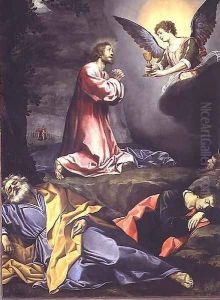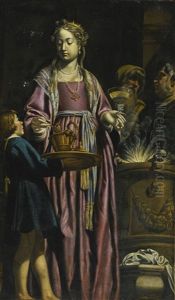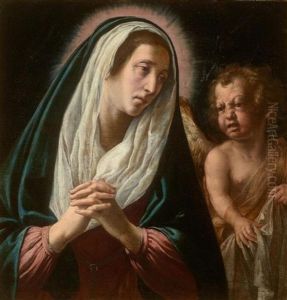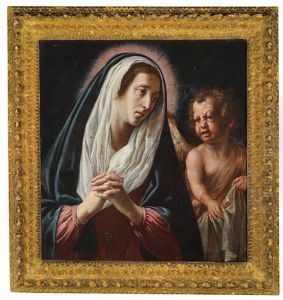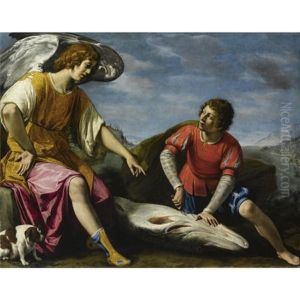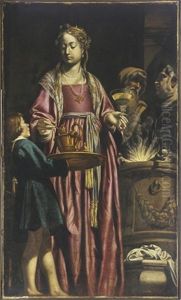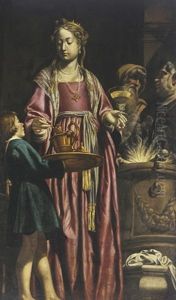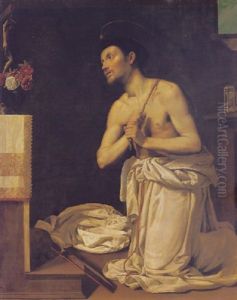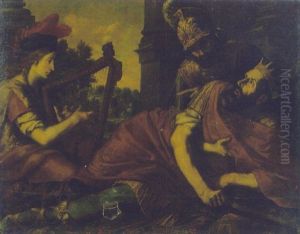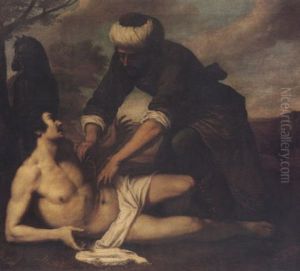Filippo Tarchiani Paintings
Filippo Tarchiani was an Italian painter of the Baroque period, born in 1576 in Florence, Italy. Although not as widely recognized as some of his contemporaries, Tarchiani made significant contributions to the art world during his time. His work is characterized by its dynamic compositions, strong use of light and shadow, and often religious themes, which were typical of the Baroque era.
Tarchiani received his early training in Florence, a city with a rich artistic heritage that was home to many prominent artists of the Renaissance and Baroque periods. He was influenced by the works of the great masters of his time, including Caravaggio and the Carracci family, whose style contributed to the development of Baroque painting with its emphasis on dramatic intensity and emotional depth.
Tarchiani's career was marked by his travels throughout Italy, where he worked on various commissions. He was particularly active in Florence and Rome, where the demand for Baroque art was high due to the Counter-Reformation, which sought to reaffirm the Catholic Church's dominance through visually impactful and emotionally engaging religious art.
Some of his notable works include altarpieces and frescoes for churches, as well as paintings for private patrons. Tarchiani's art was well-received, and he was regarded as a skilled painter who could effectively convey complex biblical and mythological narratives through his canvases.
Despite his success, Tarchiani's work was eventually overshadowed by other Baroque artists such as Peter Paul Rubens and Gian Lorenzo Bernini, whose grandiose styles defined the era. Nevertheless, Tarchiani’s contributions to Italian Baroque painting remain an important part of the period's artistic heritage. He passed away in 1645 in Florence, leaving behind a body of work that continues to be studied and appreciated by art historians and enthusiasts alike.
